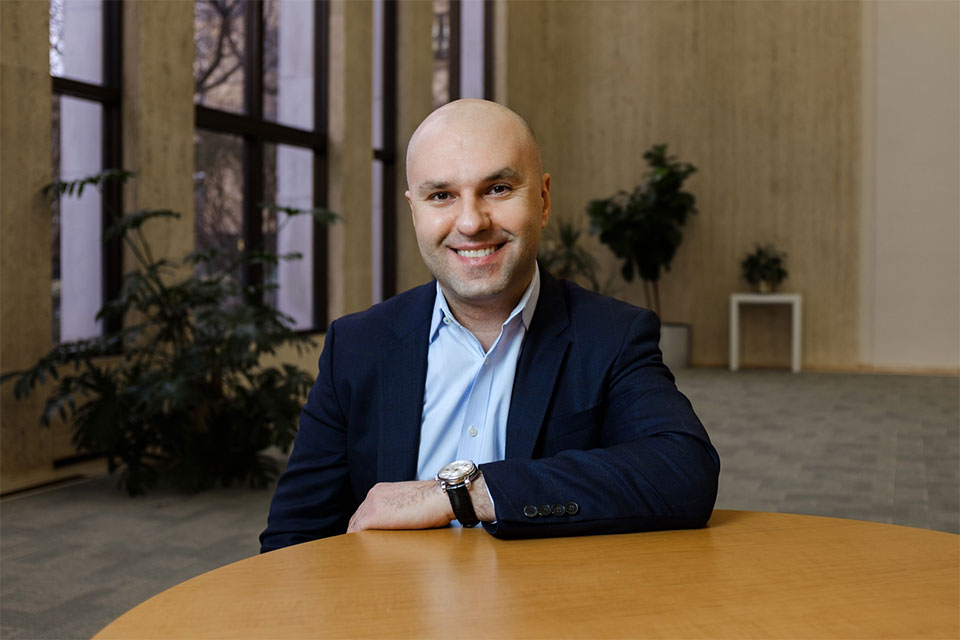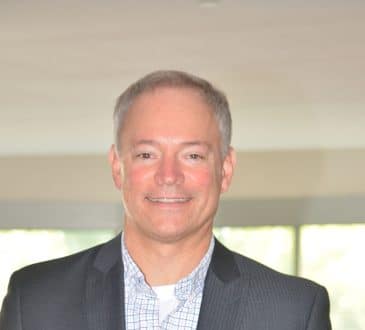Why co-creation is key to SaaS success

When I first entered the product engineering world after college, it was very different than it is today. For one thing, what is now called software-as-a-service (SaaS) was known then as web-based software. More significantly, we used the waterfall model of software development. Our team had an idea of the kind of customers we thought we needed, then we built a program for them, and then we delivered it.
It was only when the new software was in customers’ hands that we realized where we went wrong. We weren’t intentional about what we were building and shipping. That’s very different from the approach that SaaS companies take today.
For the most successful SaaS providers, product development now means a partnership with customers. In effect, it is a process of co-creation, with a continual ongoing exchange of ideas powering new iterations and updates that generate a new round of feedback and learning assets.
Co-creation starts with relentlessly serving the customer, understand what they need and understanding how you create value for them. Companies that build products based on this cycle of rapid iteration and feedback will have their finger on the pulse of their customer community. At Nota, we’re very deliberate about this process. We deliver updates to early adopters and use their feedback to inform the next iteration.
A startup could spend its first several years on this phase alone. Achieving product/market fit — which in the SaaS world is $1 million in annual recurring revenue — before scaling the business is not only a key principle of lean startup philosophy. It is also a critical element of co-creation.
Even after product/market fit is reached, however, co-creation continues. It is a guiding philosophy, not a stage of a company’s life cycle. If product development is finished, the business is probably finished, too. Remember that product/market fit is not static. You can achieve product/market fit and then lose it. It’s based on value, but what that means to a customer changes over time.
When people ask me for advice about choosing technology vendors or partners, one of the first things I recommend is looking at a company’s product engineering department. You don’t want a long-term partner that isn’t investing in R&D and the continuous co-creation of value.
Another fundamental aspect of co-creation is identifying the specific community you are serving. Few solutions work for all people in all situations. If everyone is your customer, then no one is your customer.
Hyperpersonalization is one of the most exciting developments in consumer fintech in recent years. Financial services in general have been commoditized and static in the last 10 years. Increasingly, however, providers are recognizing industries and sectors that have traditionally been underserved by SaaS. Attorneys and the legal community, for example, have been undervalued by our industry — especially solo attorneys and small practices.
When I mention attorneys as an example, people are often surprised. “Wait a minute,” they say. “Lawyers are part of an influential and highly sought after profession. How can they be underserved?”
But small firms and solo lawyers have very specific financial needs, not to mention regulatory and oversight demands. The generic products of the financial industry may have met their needs 30 years ago, but they don’t anymore. Large firms have had access to well-integrated enterprise solutions for years. Small and solo practices, on the other hand, have had to choose between technology that’s not designed with their needs in mind, or sticking to outdated, error-prone manual tools that take time and effort.
The same principle of hyperpersonalization can be applied to an almost limitless number of categories and segments. The market can be segmented according to industry, behavior, user group, geography. It offers an extraordinarily rich set of untapped opportunities for value creation.
In order to truly meet the expectations of those various underserved industries and communities, software providers must establish connections with thought leaders and early adopters. Their input kick starts the co-creation cycle that is essential to SaaS success. That’s how you learn how to offer real value and create an authentic experience that delights users, serves them and converts them into loyal partners.
—
Written by Paul Garibian.
Bring the best of the CEOWORLD magazine's global journalism to audiences in the United States and around the world. - Add CEOWORLD magazine to your Google News feed.
Follow CEOWORLD magazine headlines on: Google News, LinkedIn, Twitter, and Facebook.
Copyright 2025 The CEOWORLD magazine. All rights reserved. This material (and any extract from it) must not be copied, redistributed or placed on any website, without CEOWORLD magazine' prior written consent. For media queries, please contact: info@ceoworld.biz








